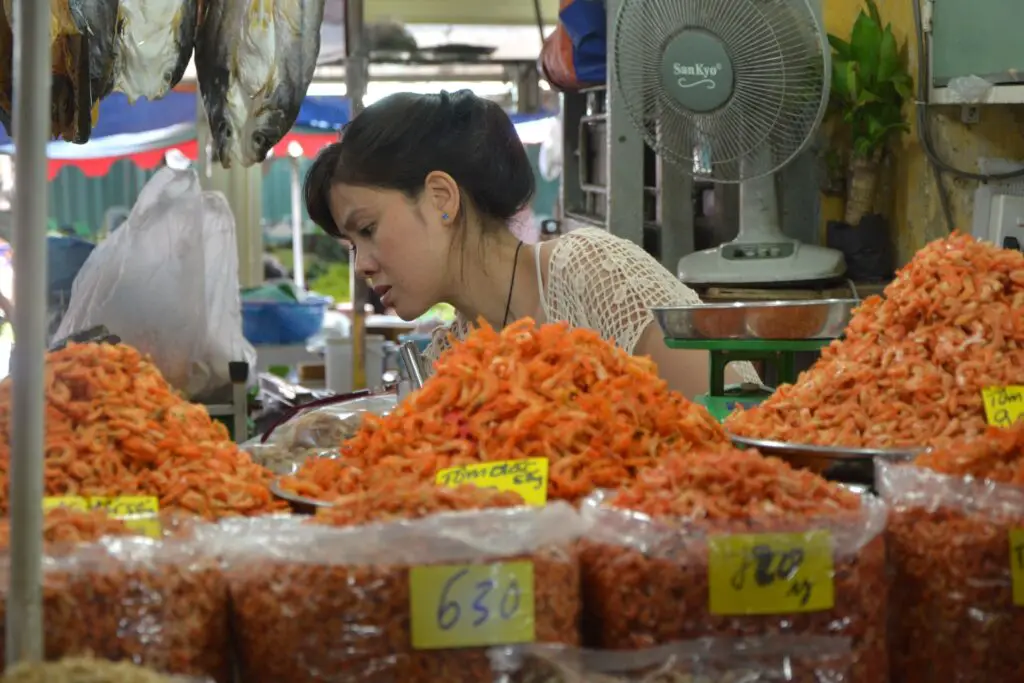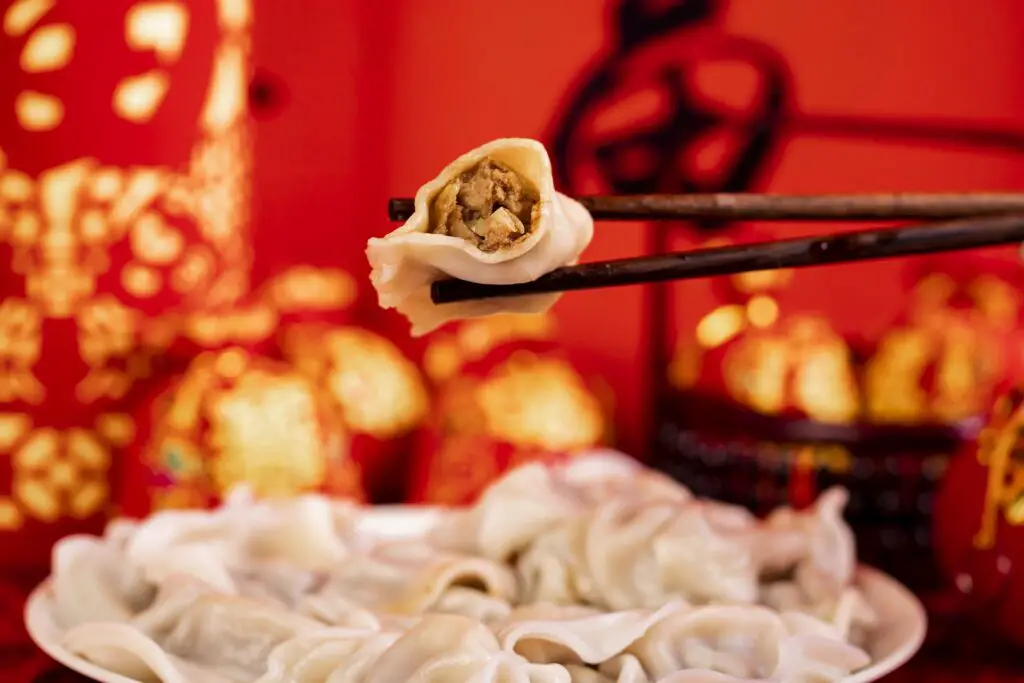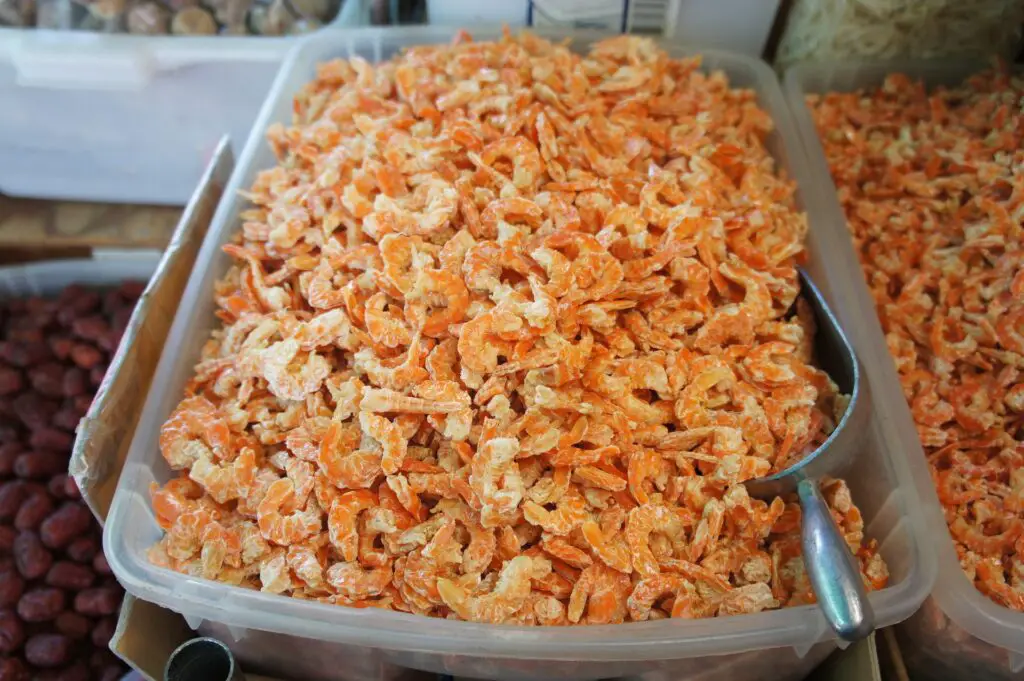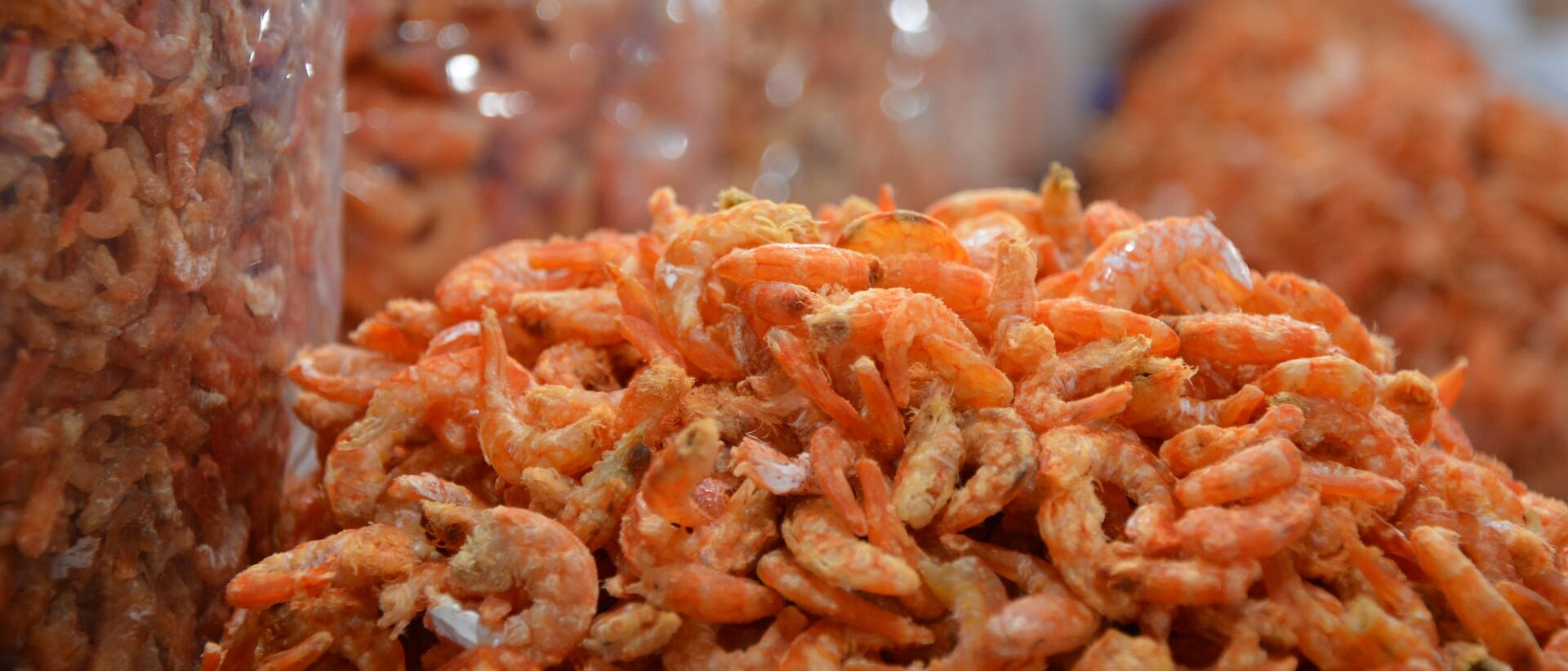Dried shrimp is a staple ingredient in many classic Asian dishes, used to add flavor and texture. But how do you soften them so they are the perfect consistency? Softening dried shrimp can be tricky, but with the proper techniques, it doesn’t have to be! In this article, we will provide a step-by-step guide on how to soften dried shrimp for your favorite Asian dishes. We’ll cover techniques such as soaking, boiling, and frying, as well as tips on how to store them properly.
What is Dried Shrimp
Dried shrimp are small, dried, or salted shrimp that have had their shells removed. They can be found in many different types and sizes, from whole to chopped and even ground into a powder. The color of dried shrimp ranges from shades of pink to bright orange-red. These little crustaceans are full of flavor.

Dried shrimp are used in many traditional Asian dishes, such as soups, stir-fries, and dumplings. The intense flavor they offer enhances the overall taste of any dish. In addition, these dried delicacies add a unique texture and an umami depth not easily replicated by other ingredients.
Due to their small size and concentrated flavor, it is important to soften them properly before adding them to dishes so that the flavors become fully developed yet maintain the desired texture. This article will provide instructions on how to achieve perfect results every time!
Why Soften Dried Shrimp for Asian Dishes
Dried shrimp is a popular ingredient in many classic Asian dishes due to its intense flavor and texture. It has the potential to enhance the overall taste of any dish, but it needs to be softened properly before being added. Softening dried shrimp helps bring out more flavor and keeps them from becoming hard or crunchy when cooked. This makes them easier to incorporate into dishes without having an undesirable texture or leaving behind a gritty feeling in your mouth.
Softening dried shrimp can also help maintain the delicate balance between umami depth, savory notes, and spicy elements that are often required for traditional Asian dishes like soups and stir-fries. By softening these little crustaceans beforehand, you can ensure maximum flavor absorption and achieve perfect consistency every time.

Softer dried shrimp absorb sauces better than their hard counterparts, making them incredibly versatile for adding extra layers of flavor to your recipes. Allowing your ingredients to stand out on their own while still complementing each other is how you create truly exceptional Asian flavors!
Finally, softer dried shrimp are less likely to break apart when cooked, which helps maintain the integrity of the
How to Soften Dried Shrimp for Asian Dishes
1) Soaking to Soften Dried Shrimp
One of the simplest and most common methods to soften dried shrimp is to soak them in warm water. Start by filling a bowl with warm water, then add the shrimp and let them sit for roughly 10 minutes or until they become pliable. Be sure to change the water halfway through if needed, as it can become cloudy. Once they are softened, drain them thoroughly and pat them dry with a paper towel before using them in your dish.
2) Boiling Method
Another way to soften dried shrimp is by boiling them. Bring a pot of water to a boil and add the shrimp. Boil for about 5 minutes or until they have reached the desired texture, then remove from heat and drain well before using in your recipe. This method helps achieve an even softer texture faster than soaking but keep an eye on them as they can easily overcook if left unattended!
3) By Frying the Dried Shrimp
Frying is another excellent option for softening dried shrimp quickly and effectively. Heat some oil in a pan on medium-high heat, then add the dried shrimp and fry until golden brown and soft. Be sure to keep stirring so that they don’t burn or stick together! Once done, remove from heat and set aside to cool before use.

4) Soften Dried Shrimp by Steaming
For those who prefer not to deep fry their ingredients, steaming is an excellent alternative to softening dried shrimp. Place the shrimp in a steamer basket over boiling water and steam for about 5 minutes until they are nice and tender. Remember to keep an eye on them, as they can quickly go from done to overdone! Once done, remove from heat immediately and let cool before using in any dish you choose!
5) Grinding Them
Grinding dried shrimp into a powder is another popular way of softening them without adding extra moisture or fat. This makes it great for dishes like soups or stir-fries, as it allows for maximum flavor absorption without added calories! To grind dried shrimp into powder, simply place your desired amount into a food processor or blender and blend until fine like powdery snowflakes – it’s that simple!

How to Store the Dried Shrimp Properly
Dried shrimp have an incredibly long shelf life, but how you store them can make all the difference regarding how long they last and how flavorful they remain over time! Always store your dried shrimps in airtight containers to ensure maximum freshness and flavor retention. Store them away from direct sunlight at room temperature or lower temperatures, depending on how frequently you plan on using them (i.e., storing frozen works best for more extended periods). Additionally, ensure no moisture inside the containers, as this can cause molding over time, which would ruin both the taste and texture of these little crustaceans!
Conclusion on How to Soften Dried Shrimp
Dried shrimp is a staple ingredient in many classic Asian dishes. They can provide an intense umami flavor and texture , but they must be softened first to get the perfect result. Fortunately, there’s no shortage of techniques for how to soften dried shrimp – from soaking and boiling them, to frying or grinding them into powder form. With proper storage methods and tips on achieving the ideal softness you need for your favorite dishes, you’ll soon master the art of cooking with dried shrimp! So go ahead and give it a try – we promise you won’t regret it!
